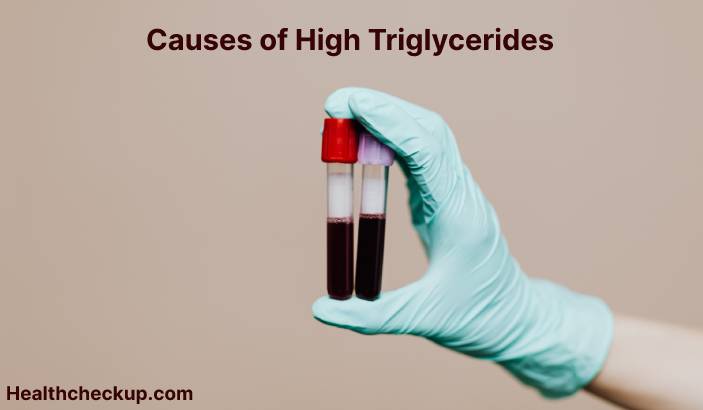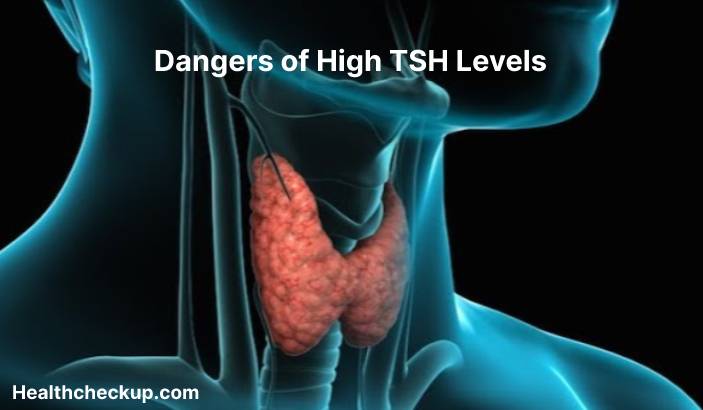Lymphogranuloma venereum (LGV) is a sexually transmitted infection caused by the bacterium Chlamydia trachomatis. It is most commonly found in tropical and subtropical regions, but cases have also been reported in other parts of the world. LGV is typically spread through sexual contact, but it can also be transmitted through non-sexual contact, such as through shared towels or clothing.
Symptoms of LGV appear within a few weeks of infection and can range from mild to severe. Early symptoms include:
- Painless ulcer or blister at the site of infection
- Swollen lymph nodes in the groin area
- Fever
- Headache
- Body aches
- Rash
If left untreated, LGV can progress to later stages, which include:
- Abscesses in the groin area
- Scarring and narrowing of the rectum
- Genital swelling and deformity
- Infertility
Diagnosis of LGV is typically made through laboratory testing of a sample from the ulcer or discharge.
Treatment of LGV involves the use of antibiotics, such as doxycycline or azithromycin. It is important to complete the full course of treatment to ensure a successful outcome. Hospitalization may be necessary in case of severe infection or complications.
Prevention of LGV involves practicing safe sex, including the use of condoms and limiting the number of sexual partners. It is also important to get tested regularly for sexually transmitted infections and to seek treatment if necessary.
In conclusion, LGV is a sexually transmitted infection caused by the bacterium Chlamydia trachomatis. It is typically found in tropical and subtropical regions, but cases have also been reported in other parts of the world. Symptoms of LGV can range from mild to severe and include ulcers or blisters, swollen lymph nodes, fever, headache, body aches, and rash. If left untreated, LGV can progress to later stages and cause abscesses, scarring, genital swelling and deformity, and infertility. Diagnosis is made through laboratory testing, and treatment involves the use of antibiotics.








